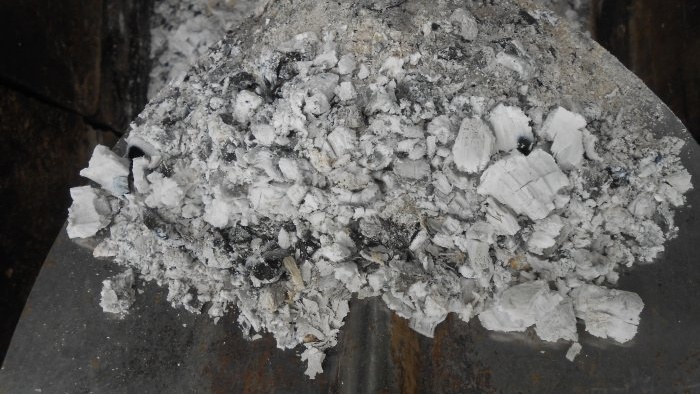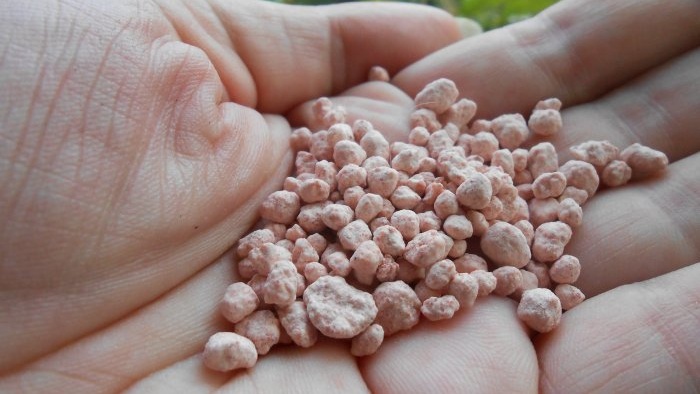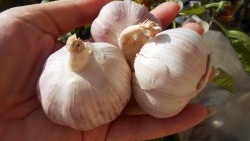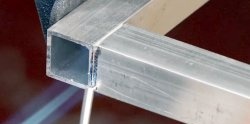Experienced summer residents, burning plant debris and organic residues throughout the spring and summer, carefully store the resulting ashes. Such a valuable product has no expiration date and retains the entire range of useful elements when stored in a dry place for an unlimited time. With the arrival of autumn, ash becomes one of the most relevant mineral macro- and microfertilizers for all cultivated plants.
Composition and benefits of ash for the site
It is almost completely free of nitrogen, the introduction of which is undesirable when preparing plants for the dormant period, since it stimulates the growth of vegetative mass. Before wintering, perennial seedlings need additional doses of phosphorus, which strengthens the roots, calcium, which maintains optimal soil acidity, magnesium, which improves metabolic processes in plant tissues, and potassium, which is responsible for winter hardiness and the formation of fruit buds for the next season.
Microelements present in the fireproof residue of wood and grass are also irreplaceable: iron, boron, manganese, copper, zinc, cobalt, selenium, sulfur, etc. All these substances are present in the ash, and their concentration depends on the materials being burned. So, for example, the maximum amount of potassium sulfate (K2O) is contained in the ash of corn pollen, buckwheat straw and sunflower stalks, the most phosphorus (P2O5) is in the product of burning birch, pine, rye, oat and wheat straw, the best source of calcium (CaO) – firewood from birch and coniferous trees.
All of the listed minerals and trace elements in wood or grass ash are in a form bioavailable to the root system of plants and in an optimal ratio. That is why ash is a time-tested alternative to phosphorus-potassium mineral fertilizers (superphosphate, potassium monophosphate, potassium salt, etc.), which is gladly used by fans of organic farming who do not use synthetic products on their plots.
In addition to enriching the soil with useful minerals and microelements, ash has a number of positive properties for plants and soil. It deoxidizes the soil due to the presence of calcium, which neutralizes high acidity, destroys pathogenic microflora and some parasites, and also structures the soil, significantly increasing its moisture and breathability.
Recommendations for using ash in autumn
Before winter, ash is usually used in dry form. Liquid fertilizing with the product is much more effective in spring and summer.Ash infusion, which is watered on seedlings at the root or applied to the leaves, is considered a productive root and foliar feeding that increases the yield and decorative properties of garden plants.
In addition, water extracts from the product are one of the most popular methods of combating diseases and pests. According to reviews from experienced plant growers, at the end of the season it is advisable to apply dry ash when cultivating the land.
And in order to always have a complete mineral fertilizer on hand, immediately after frying barbecue, burning organic waste and cooling the ashes, put it in paper bags, cardboard and wooden boxes or buckets and take it to a dry utility room, for example, a barn, basement or garage. Remember that ash that gets wet in the rain or absorbs moisture from the air loses most of its beneficial properties due to the rapid destruction of potassium and other compounds.
Ash in the garden, vegetable garden and lawn
In autumn, ash is used to increase soil fertility in the garden. The product is evenly scattered over the surface of the beds, cleared of plant debris, and then deep plowing is carried out to a depth of about 30 cm (bayonet shovel). The application rate, on average, is 10 kg per hundred square meters or 0.1 kg per square meter.
In the same dosage, ash is used in the front garden, garden and berry garden, introducing the product into the aisles, trunk circles and directly under perennials (flower crops, ornamental and fruit bushes, etc.). If the quantity of the product is insufficient, it is used for the weakest plants, as well as seedlings that gave the maximum yield, since they were the ones who used the huge supply of nutrition from the soil.
Sifted ashes are used instead of phosphorus-potassium fertilizers on green lawns. The ash is evenly scattered over the surface of the lawn, having previously carried out a planned mowing to the desired height of the grass stand, and then the grass is abundantly watered by sprinkling or the procedure is carried out before the predicted precipitation.
When digging, it is advisable to use ash together with humus, peat or compost. Incorporating such an organomineral mixture is the best way to restore the balance of nutrients in soil depleted after the current season and prepare the beds for planting next spring.
Experts advise adding from 2 to 10 kg of composted organic matter and 100 g of wood and grass ash for each linear meter of land. The exact rate of fertilizer application directly depends on the initial physical and chemical parameters of the soil in the garden.
Ash for various plants
Almost all perennials react positively to the autumn application of plant ash: fruit trees, berry and ornamental shrubs, flowers.
Roses
Regardless of the type of roses growing on your site, carry out autumn feeding of the bushes by scattering from 300 to 500 g of ash under each adult seedling, after thoroughly loosening the ground. After the snow melts in March - April, the beneficial substances will go into the ground and become complete nutrition for the root system of the flower crop.
Garden strawberries
A bountiful strawberry harvest directly depends on soil fertility. When preparing plants for winter in the fall, add half a glass of ash to each seedling, regardless of whether the crop is growing with or without mulch.
Gooseberries, raspberries, all types of currants
After removing carrion and plant debris from under the berry bushes, carry out shallow loosening and add 2 cups of ash to each seedling. The ash will not only enrich the soil with phosphorus, potassium and calcium salts, but will also disinfect it, partially clearing it of parasite larvae and phytopathogens.
Flowers
Peonies, hydrangeas, chrysanthemums, lilies and other perennial flower crops will overwinter better if half a glass of wood ash is added to each seedling in the fall, and only then they are insulated for the winter by installing shelters or mulching with organic materials.
Easy work for you on your plot!



















